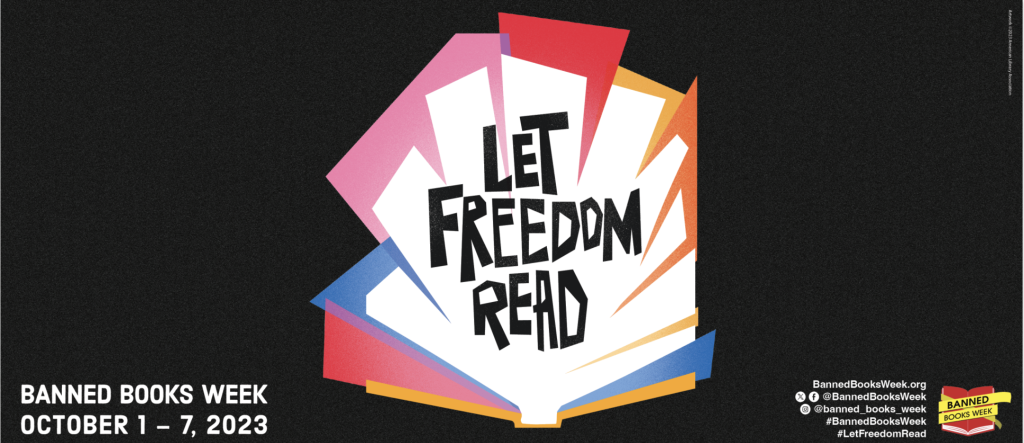
The first week of October is Banned Books Week. I wish we didn’t have to earmark an entire week for this dangerous movement.
But here we are.
The American Library Association states: “This is a dangerous time for readers and the public servants who provide access to reading materials. Readers, particularly students, are losing access to critical information, and librarians and teachers are under attack for doing their jobs.”
Apparently, “all” it takes to become a banned book is for one person to object to its content, including words, images, themes, etc. In 2022, the ALA documented 1269 demands to censor library books and resources. That’s the highest number of attempted book bans since ALA began recording this data more than 20 years ago.
Banned Books Week sheds light on this unwarranted censorship. It’s an opportunity for readers to voice censorship concerns and to celebrate freedom of expression.
Here are a few things you can do to fight censorship, keep books available in libraries, and promote the freedom to read:
-
- Stay informed. Speak up if you learn of a challenge at your community library or school district.
-
- Attend a Banned Books Week program at your library, school, or bookstore.
-
- Participate in the Stand for the Banned virtual read-out. Join other readers in filming yourself reading from your favorite banned book. The videos are featured on the Banned Books Week YouTube channel.
-
- Write a letter to a favorite banned or challenged author. They’ll appreciate the support!
-
- Encourage your book club to choose a banned book for the next read.
-
- Read a banned book. Check out a banned book from your library or buy a banned book at your local bookstore.
Finally, if you are offended by a book: don’t read it.
